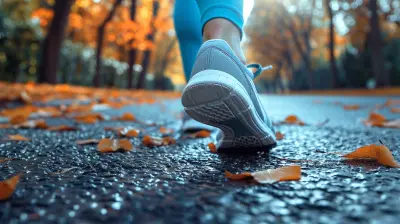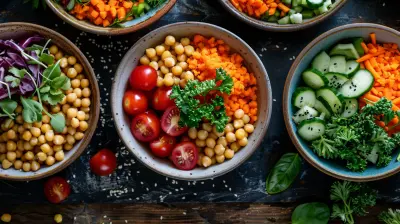Workouts Designed for Aging Muscles and Joints
10 June 2025
Let’s face it—getting older is inevitable, but that doesn’t mean we need to slow down or pack away our sneakers. In fact, staying active becomes even more important as we age. The trick? Choosing the right workouts that support aging muscles and joints instead of stressing them. If you’ve hit your 50s, 60s, or beyond, and wondering how to keep fit without feeling like you’ve been hit by a freight train the next day, you’re in the right place.
In this article, we’ll walk through smart, joint-friendly exercises, how they help, and how to get started without overwhelming your body. This isn’t about running marathons or lifting monster weights. It's about feeling good, moving with ease, and keeping those creaky knees and stiff shoulders in check.
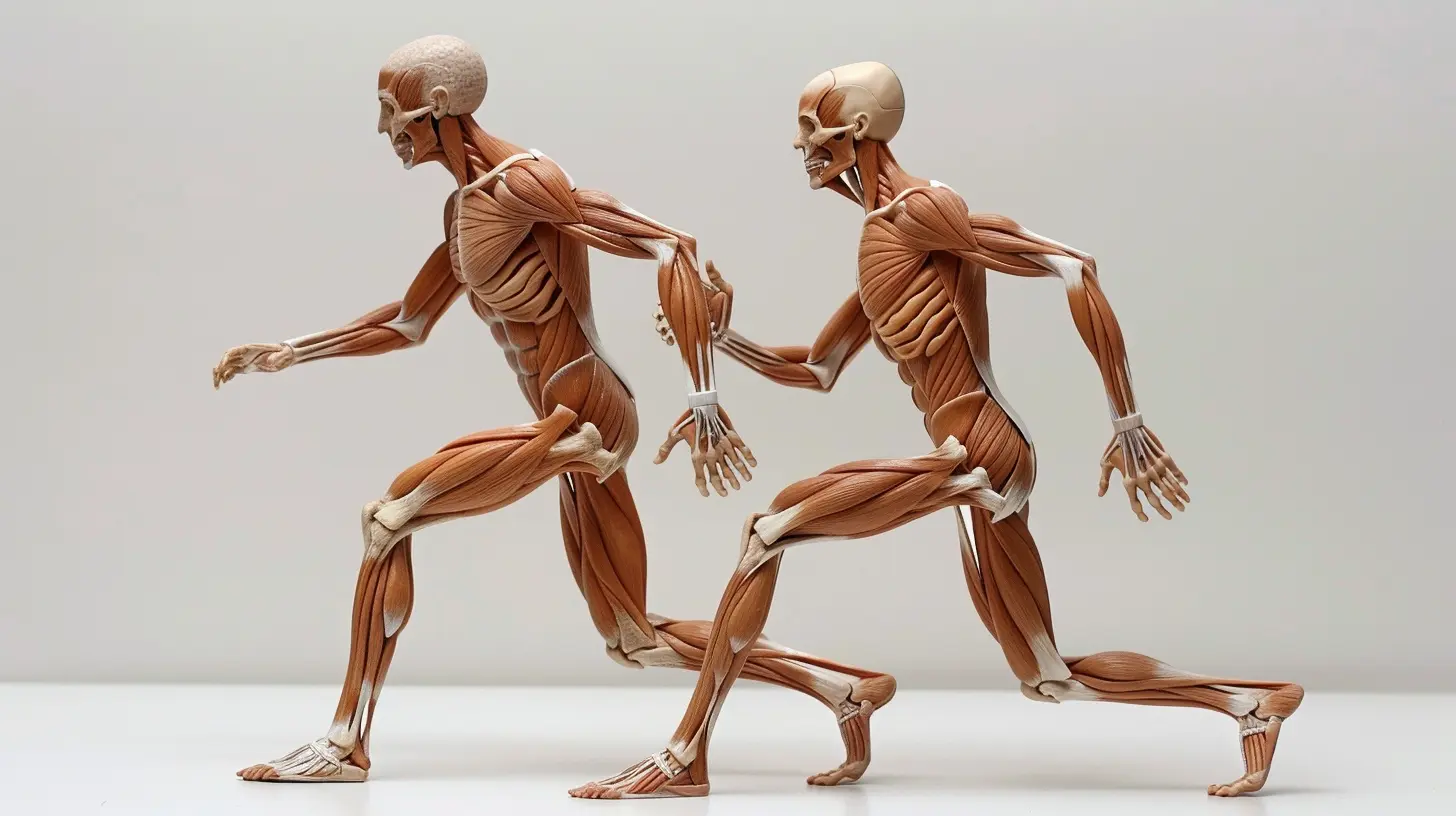
Why Exercise Matters More as You Age
You’ve probably heard that “motion is lotion,” right? Well, that’s not just a catchy phrase—it's the golden rule for aging bodies. As we get older, our muscles naturally lose mass and strength (a process called sarcopenia), while joints may become stiffer and more prone to aches due to wear and tear or arthritis.Regular exercise helps slow that decline, boosts mood, improves balance, and even helps you sleep better. But here’s the kicker: not all workouts are created equal when it comes to older bodies.
Imagine trying to run a race with flat tires. Not a great idea, right? That’s what it’s like asking aging muscles and joints to do high-impact, over-the-top workouts. The key is finding exercises that are a good match for your current fitness level while still challenging enough to make a difference.
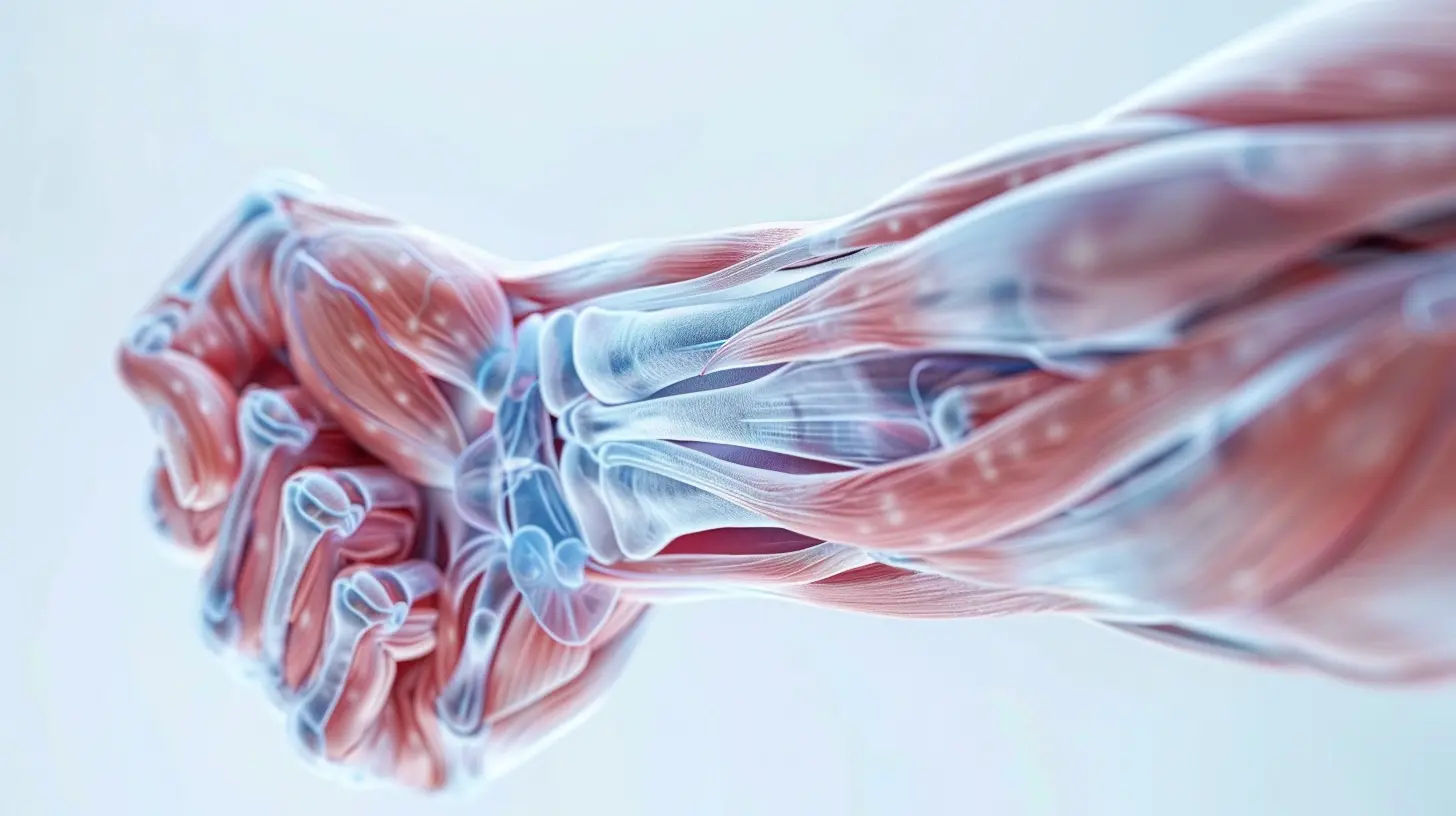
Common Challenges for Aging Muscles and Joints
Before we dive into the workouts, let’s talk about what changes happen so you can understand your body better:- Muscle Loss – It starts as early as your 30s and speeds up after 60. You may feel weaker, slower, or more fatigued easily.
- Joint Stiffness – Cartilage wears down, synovial fluid decreases, and joints lose flexibility. Hello, morning stiffness.
- Balance and Coordination Issues – Your sense of balance shifts, increasing the risk of falls.
- Longer Recovery Times – Doing too much too fast can lead to soreness that lingers or even injuries.
Sound familiar? You're not alone—and you’re not out of options.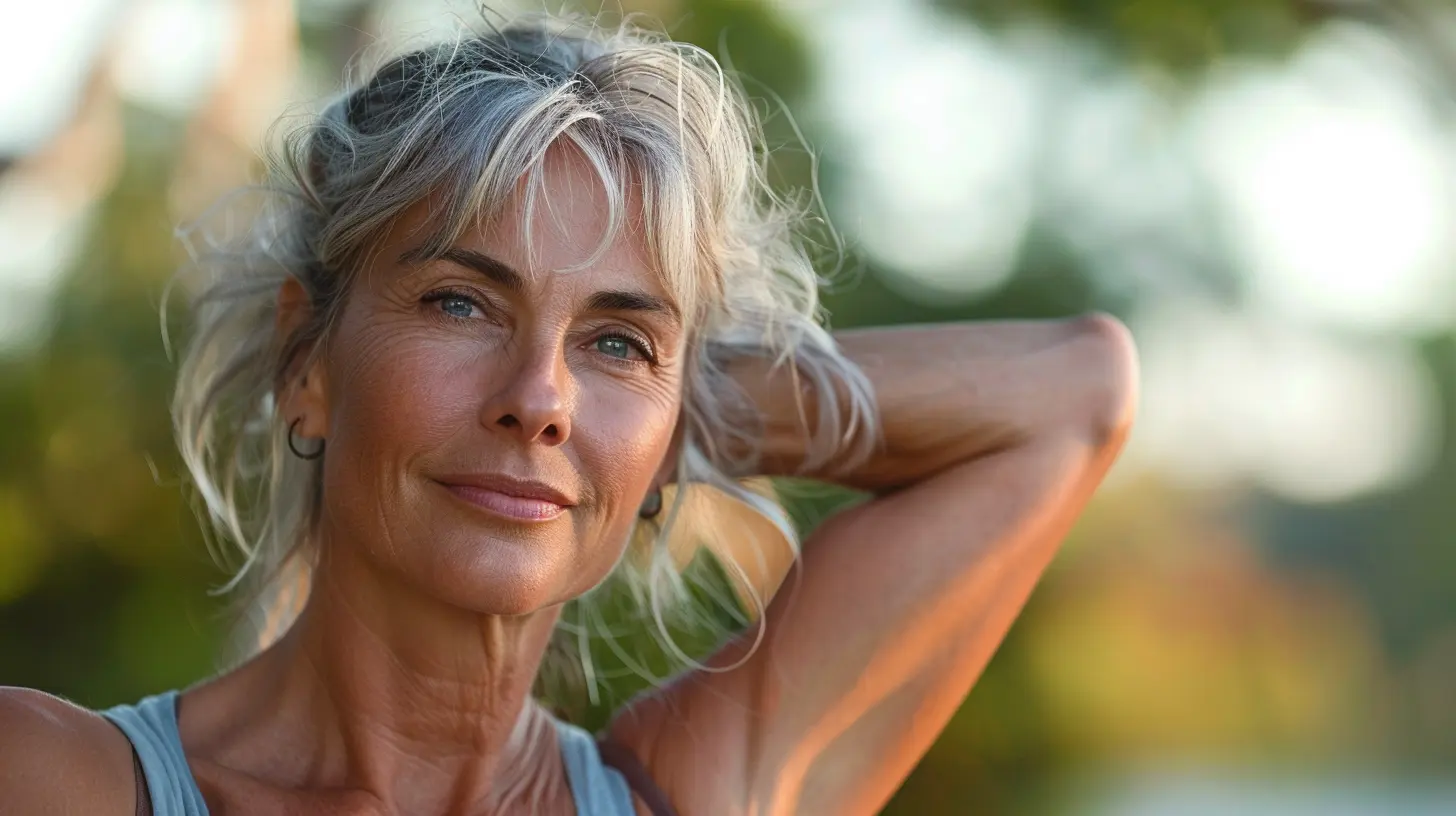
The Best Types of Workouts for Aging Bodies
Let’s get into the fun stuff—what kinds of workouts are actually good for aging muscles and joints? Here are the top five tried-and-true categories that keep you strong, mobile, and pain-free.1. Low-Impact Cardio
Think of cardio as the engine that keeps your heart and lungs running smoothly—but skip the high-impact stuff. Instead, go for joint-friendly activities like:- Walking – It’s simple, free, and gentle on your knees. Just 30 minutes a day can work wonders.
- Swimming or Water Aerobics – The water supports your weight, reducing pressure on joints while giving muscles a full-body workout.
- Cycling (Stationary or Outdoor) – Great for knees and hips without heavy pounding.
👟 Pro Tip: Start with 3–5 days a week for 20–45 minutes. Listen to your body. If it says “slow down,” dial it back.
2. Strength Training (With a Twist)
No, you don't need to bench press your own body weight. But keeping your muscles strong is one of the best defenses against aging.Use:
- Resistance Bands – Light but effective for stimulating muscles without joint strain.
- Light Dumbbells or Bodyweight – Think squats, wall push-ups, or seated leg lifts.
- Machines at the Gym – These can be safer as they support proper form and reduce injury risk.
💡 Focus on 2–3 days a week, targeting major muscle groups. Keep reps higher (10–15) with lighter resistance to avoid straining joints.
3. Flexibility and Mobility Workouts
Tight muscles can pull on joints and throw off your alignment. Think of your body like a chain—if one link is stiff, the whole thing feels off.Incorporate:
- Stretching – Daily gentle stretches for hips, shoulders, hamstrings, and neck.
- Yoga – Especially restorative or chair yoga, which promotes flexibility, mental clarity, and stress relief.
- Tai Chi – A slow, flowing martial art that combines movement and breath. It’s like meditation in motion.
🧘♀️ These can be done daily, even first thing in the morning to wake up your body, or at bedtime to unwind.
4. Balance and Core Exercises
As we age, our core strength often takes a hit—and we don’t even realize it until we trip over a rug or lose our footing. Strengthening your core helps with posture, reduces back pain, and makes everyday tasks easier.Try:
- Standing Leg Lifts – Hold onto a chair for stability.
- Heel-to-Toe Walking – Like walking a tightrope on the floor.
- Bird Dog Exercise – On all fours, extend opposite arm and leg. Sounds simple but it’s super effective.
👣 Even 5–10 minutes a few times a week can boost your stability and prevent falls.
5. Functional Fitness
This is all about training your body for real-life movements. Think of things like getting out of a chair, reaching for a high shelf, or carrying groceries.Exercises like:
- Sit-to-Stand – Practice getting up from a chair without using your arms.
- Step-Ups – Strengthens legs and mimics going up stairs.
- Carrying Light Weights – Like a farmer’s carry, to mimic holding shopping bags.
🛠️ Functional moves help preserve independence and confidence as you age.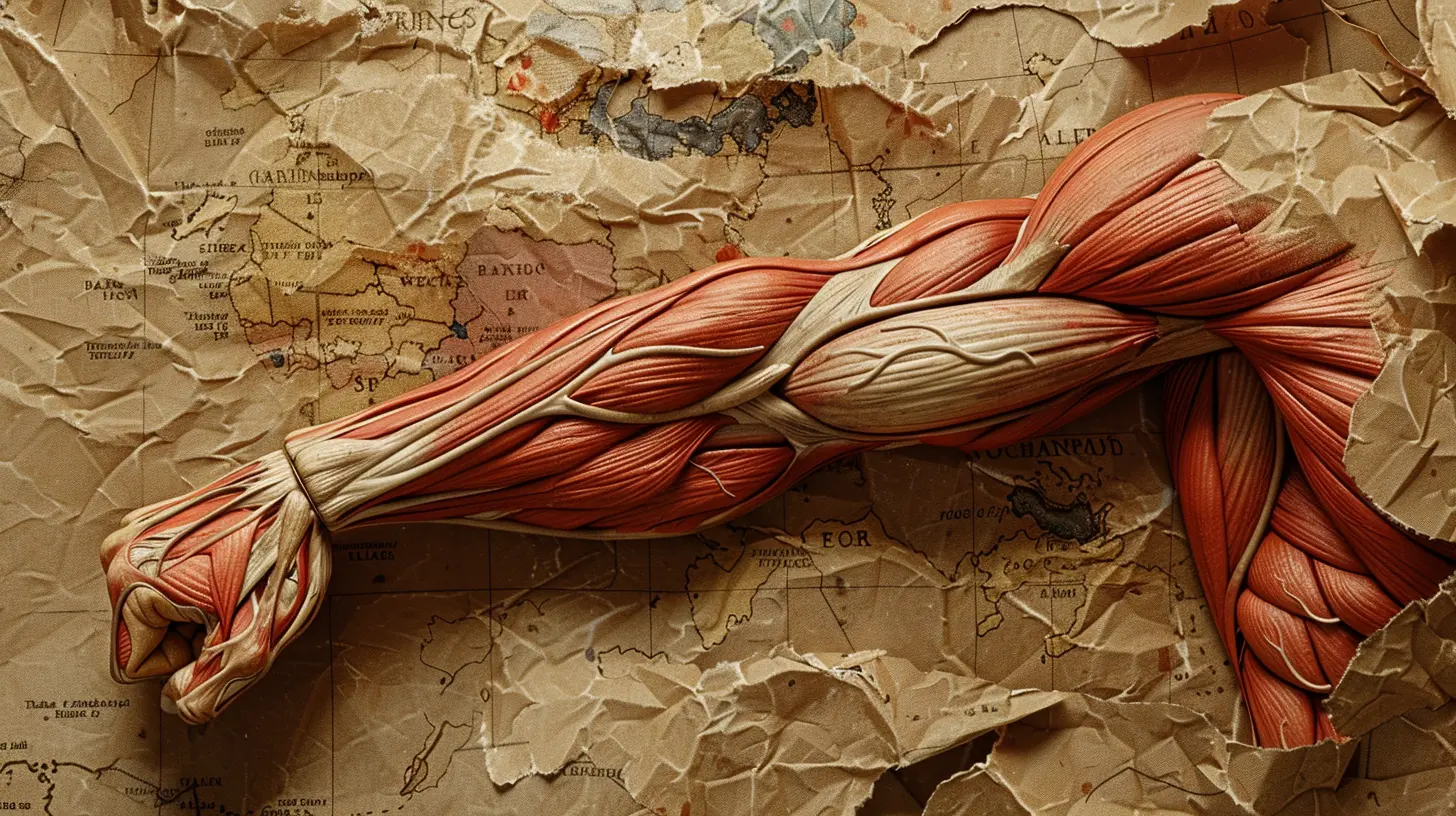
How to Build a Weekly Routine (Without Overdoing It)
Still with me? Great—now let’s talk game plan. The ultimate goal is consistency, not intensity.Here’s a gentle weekly structure to get you started:
| Day | Activity |
|------------|----------------------------------------|
| Monday | Low-impact cardio (30 mins) + stretching |
| Tuesday | Strength training (full-body) |
| Wednesday | Tai Chi or Yoga (gentle) |
| Thursday | Walk or cycle (light cardio) |
| Friday | Strength (core + balance focus) |
| Saturday | Flexibility and mobility session |
| Sunday | Rest or slow walk (active recovery) |
Start slow and steadily increase frequency or intensity as your body adapts.
Tips to Keep Your Joints Happy
Just like you wouldn’t drive your car without oil, don’t forget to support those aging joints:- Warm Up First – Even just 5–10 minutes makes a difference.
- Hydrate – Joints love water. Dehydration = stiffness.
- Use Supportive Shoes – Say goodbye to flat or unsupportive footwear.
- Respect Pain – Slight discomfort? Okay. Sharp pain? Stop.
- Rest When Needed – No shame in a rest day or two.
Should You Talk to Your Doctor First?
Absolutely. Before starting any new fitness routine—especially if you have a history of arthritis, heart conditions, or mobility limitations—it’s a smart move to chat with your doctor or physical therapist. They can guide you toward the right modifications and help prevent injury.Think of it like getting your car inspected before a road trip. Better safe than sidelined.
Motivation Tip: Find Joy in Movement
You don’t have to love burpees, run marathons, or even join a gym. The best workout is the one you enjoy and can stick with. Whether it’s dancing in your living room, gardening, walking your dog, or swimming in a lake—if it gets you moving, it counts.Also, working out with a friend, joining a community class, or setting mini-goals can keep you inspired. Remember, it's not about being perfect—it’s about progress.
Final Thoughts
Aging doesn’t mean you have to wave goodbye to fitness—it just means you have to get a little smarter about it. When you choose workouts designed for aging muscles and joints, you’re not just keeping fit. You’re keeping your independence, confidence, and zest for life.So, lace up those sneakers (or slide into those water shoes), and take that first step today. Your muscles and joints might not be brand new, but with the right care, they’ll carry you through many more good years.
all images in this post were generated using AI tools
Category:
WorkoutsAuthor:

Madeline Howard
Discussion
rate this article
2 comments
Vaughn Lewis
Thank you for sharing this insightful article on workouts tailored for aging muscles and joints. Your emphasis on gentle movements and flexibility exercises is essential for maintaining health as we age. It's a valuable resource for anyone looking to stay active and injury-free.
June 13, 2025 at 4:43 AM

Madeline Howard
Thank you for your kind words! I'm glad you found the article helpful for staying active and healthy.
Kason Wallace
This article piques my curiosity! I'm eager to learn more about how specific workouts can cater to the unique needs of aging muscles and joints. Are there particular exercises that are especially effective or any common mistakes to avoid? I'm excited to discover ways to stay fit and healthy as we age!
June 11, 2025 at 4:53 AM

Madeline Howard
Thank you for your enthusiasm! Key exercises include low-impact activities like swimming, cycling, and strength training with light weights. Avoid high-impact exercises and always listen to your body to prevent injury. Stay tuned for more tips!

